Have you ever wondered how Victorian women (and those before them) kept their pre-elastic stockings up? Let’s talk about the history of garters!
The history of garters
The timeless need to keep stockings in place
Humans have (almost?) always needed to stay protected from the elements. It sometimes surprises me to discover and then think about how so many of the pieces of clothing have remained the same since time and memorial. Garters may not be a good example of this today, but they did go largely unchanged for hundreds of years, when minor advancements began to take place.
The intro of the Wikipedia entry for “garter” reads:
A garter is an article of clothing comprising a narrow band of fabric fastened about the leg to keep up stockings. In the eighteenth to twentieth centuries, they were tied just below the knee, where the leg is most slender, to keep the stocking from slipping. The advent of elastic has made them less necessary from this functional standpoint, although they are still often worn for fashion. Garters have been widely worn by men and women, depending on fashion trends.
It is hard to know exactly when certain articles of clothing were first invented, but I do know that the Wiki entry is incorrect about the history of garters by a few hundred years at least. I found several images of men wearing garters in medieval times, including the one below from 1325.
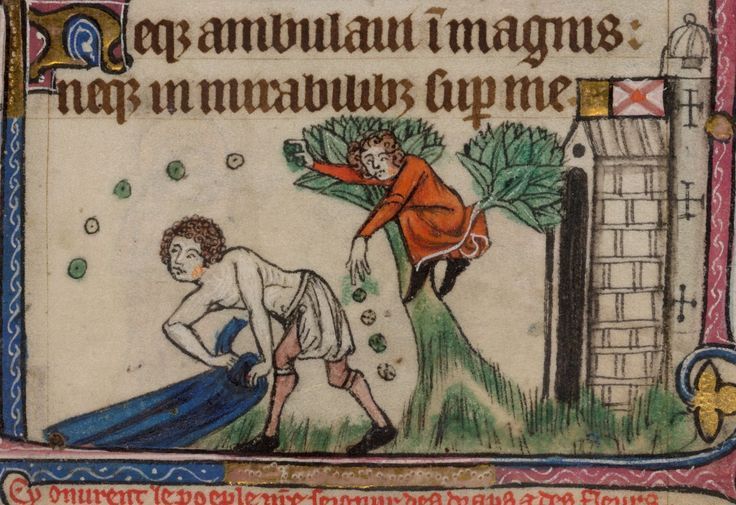
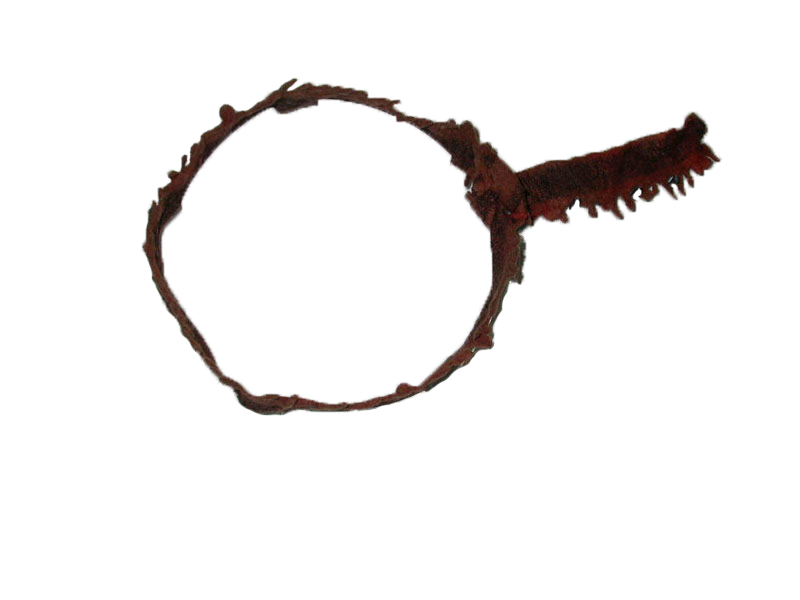
Museum of London
As you can see, they were highly utilitarian. This would indeed change in the 18th century, for women at least.

V&A Museum
Glamour garters
The 18th century brought with it an interest in glamor and fashion that reflected a decadent and individual interest. It was also a highly racy time in many ways, with sensuality and even scandal being portrayed more than it had in the previous centuries. The garter became a symbol of this interest. Of the painting below the Metropolitan Museum of Art says:
“A man offers to help a woman reattach her garter, a common conceit in erotic painting and literature in eighteenth-century France. Her hand firmly rejects his advance, but the indecorous decision to reveal her leg in his presence suggests a ruse—perhaps inspired by the contents of the book she has discarded next to an already disrobed bronze statuette.”
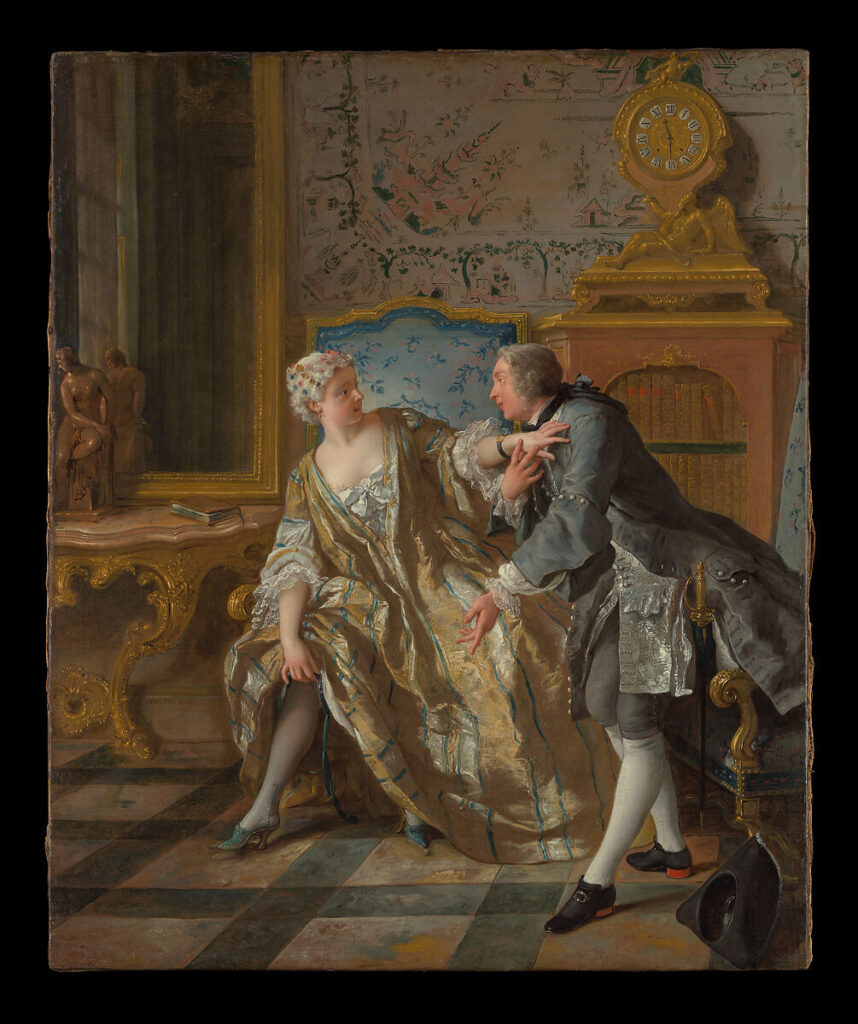
The 1785 painting below also reflects the garter’s naughty nature during the 18th century.
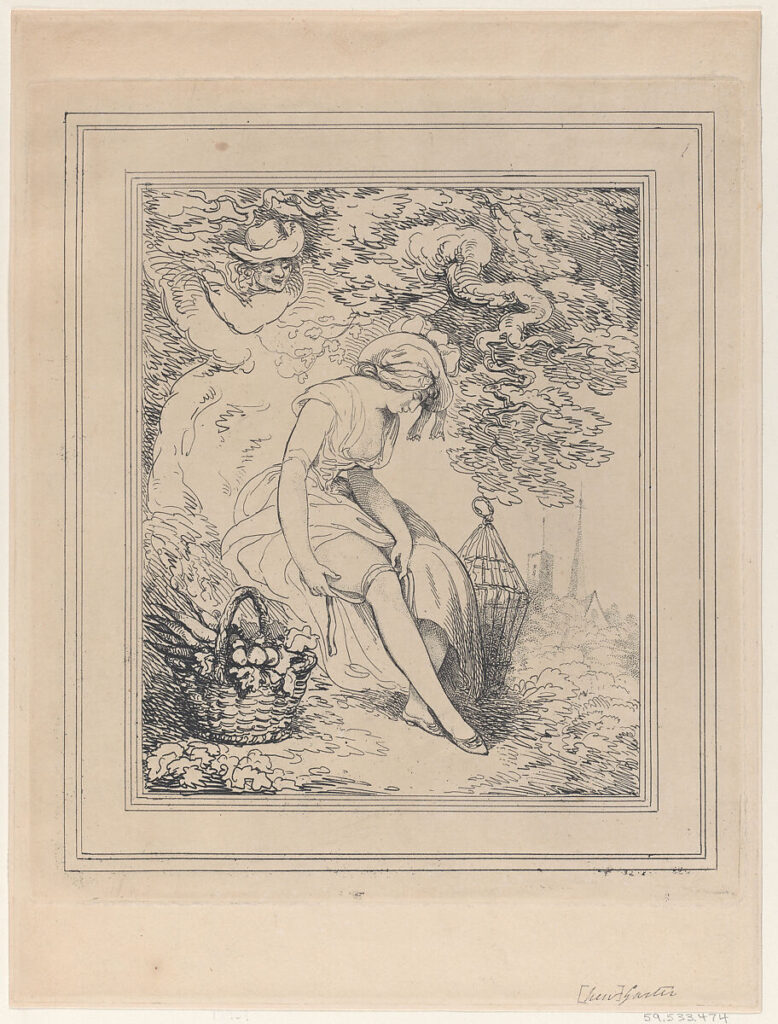
While becoming an object of interest, in my opinion, garters remained fairly basic compared to other clothing/underpinnings of the time.
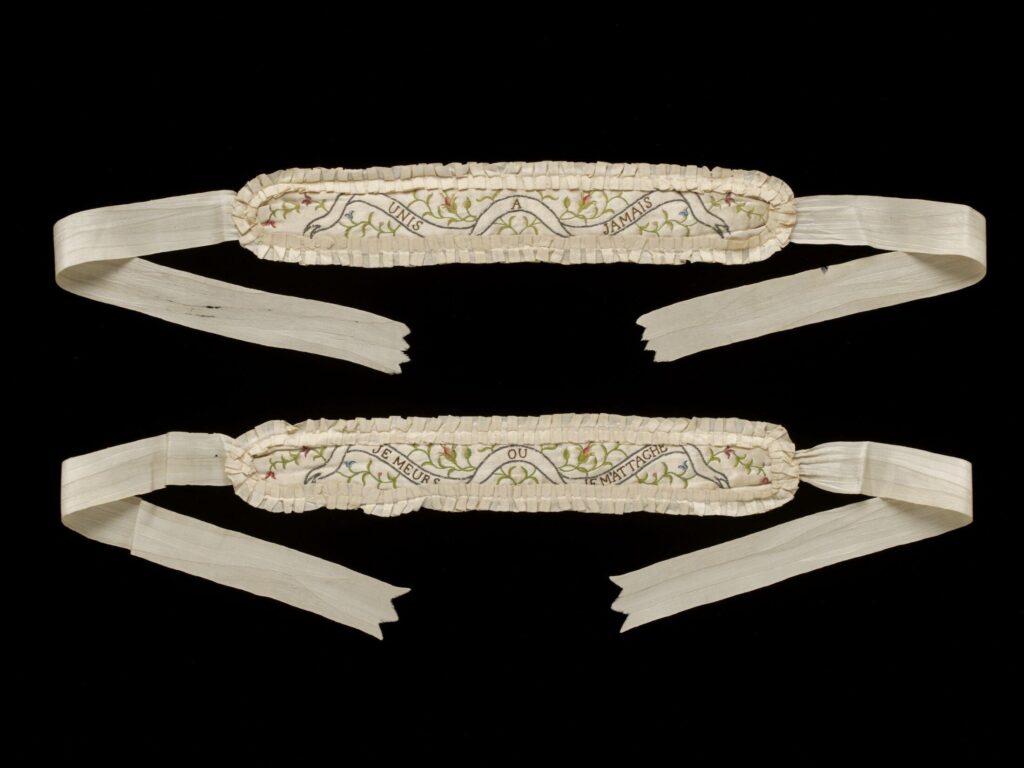
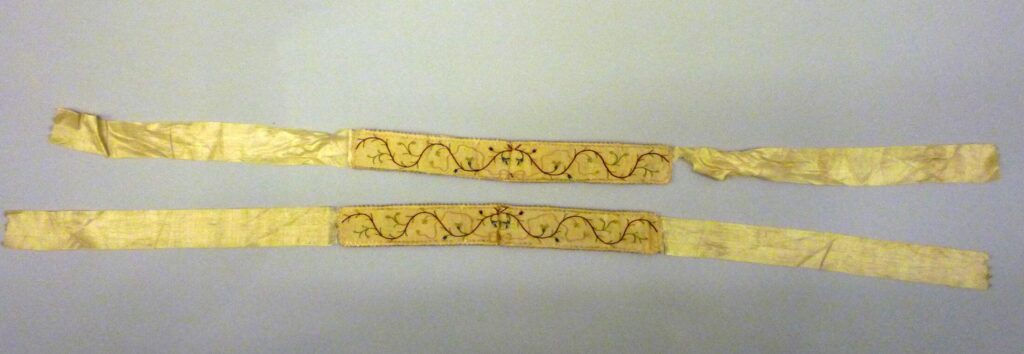
19th century garters
The 19th century would bring a lot of variations to the garter, though the purpose would remain the same, to allow one to keep stockings up below the knee. One variation was the buckle:
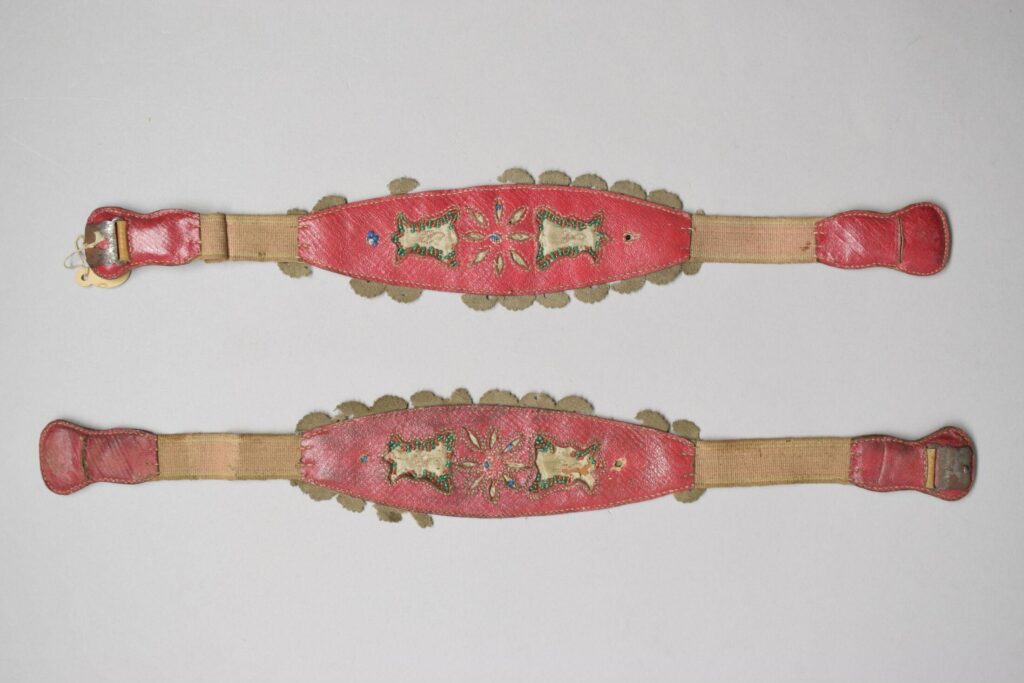
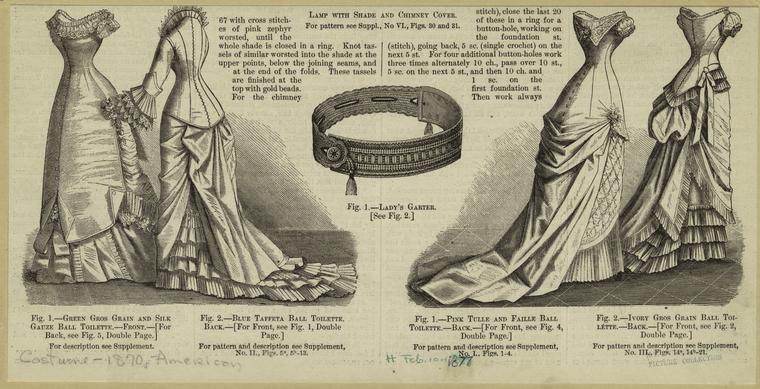
Elastic came into use in the 1820s and quickly found its way to garters. However, it must have not been very stretchy, as elastic garters were warned against for many years to come. The Science of Dress in Theory and Practice, published in 1895 warns:
“..woolen stockings should always be worn, and that suspenders out invariably to be substituted for the ordinary elastic garter, which tends to interfere with the circulation of the lower part of the leg, producing cold feet and has even been known to cause varicose veins by checking the return of the blood towards the heart.”
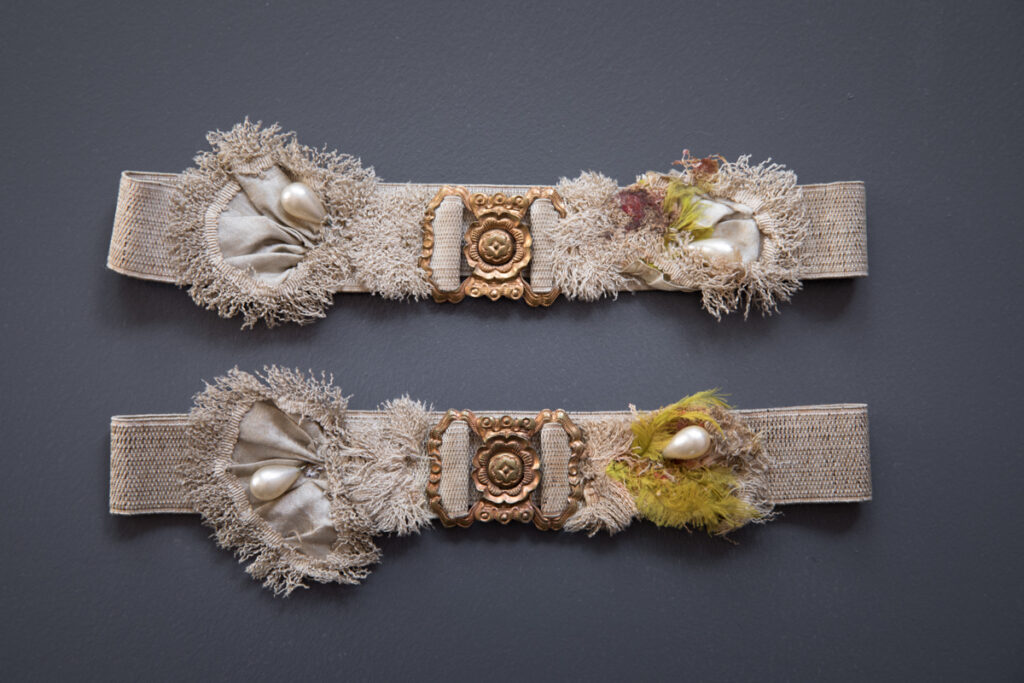
Underpinnings Museum
Women and Her Clothing (1864) advises to be cautious as well:
“Wide elastic garters, such as those we have invented, that do not obstruct the capillary circulation, should be substituted for the old, unyielding strings, and the boots should not be laced so tight as to stop the supply of blood to the feet.”
Even Madam Demorest’s 1878 issue warned against the evils of elastic garters:
“The wearing of garters as is well know, interferes with the circulation of the blood, therefore producing many injurous effects.” The magazine instead recommended the buckled option we saw earlier.
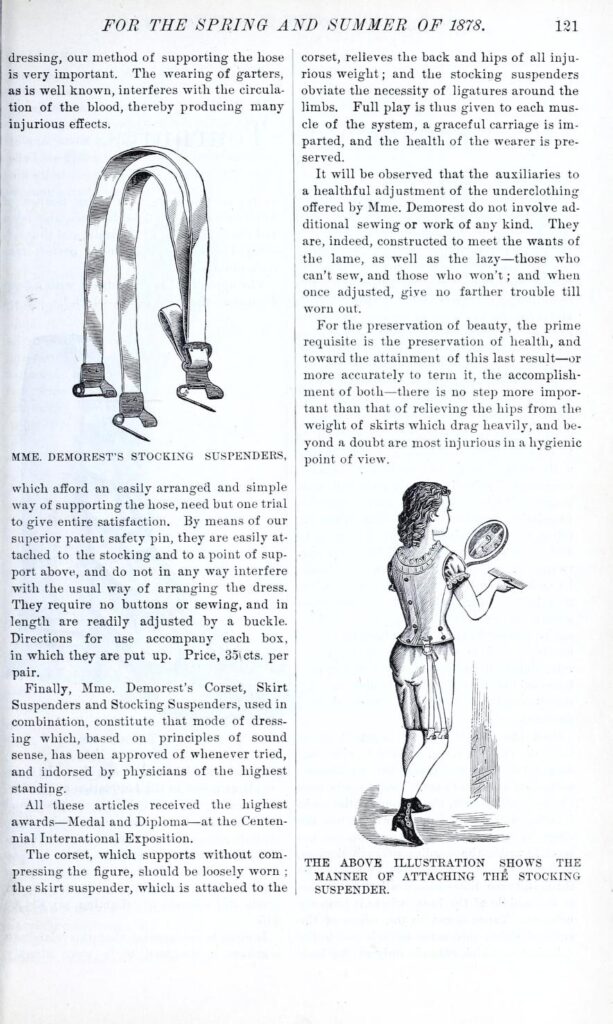
One interesting trend in garters was that although the 1800s were much more conservative, garters became more elaborate.
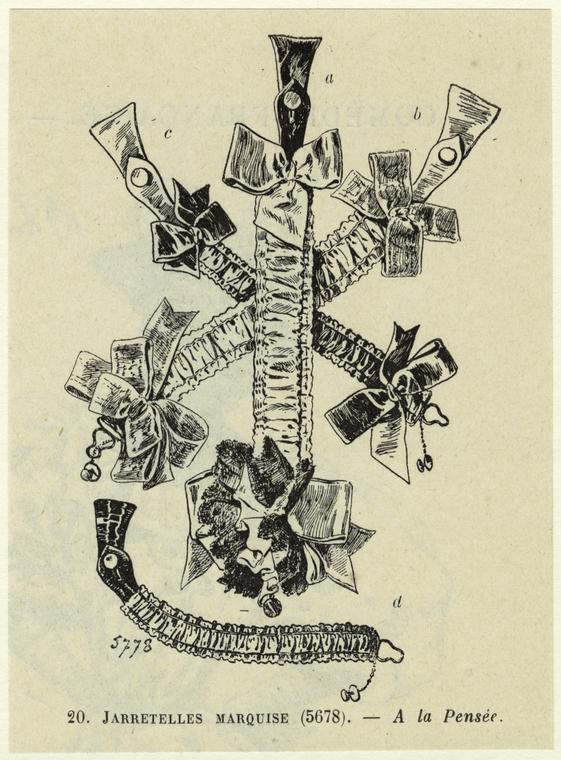
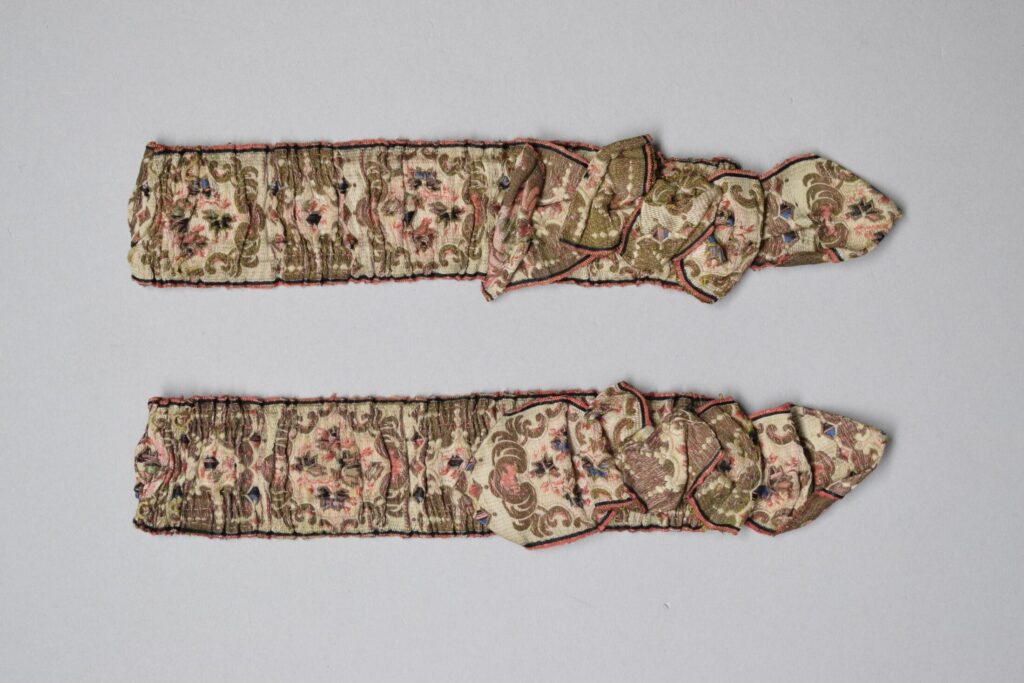
As was mentioned in Women and Her Clothing, the use of suspenders came into vogue in the late 19th century. They were attached to corsets and therefore stayed up much easier.
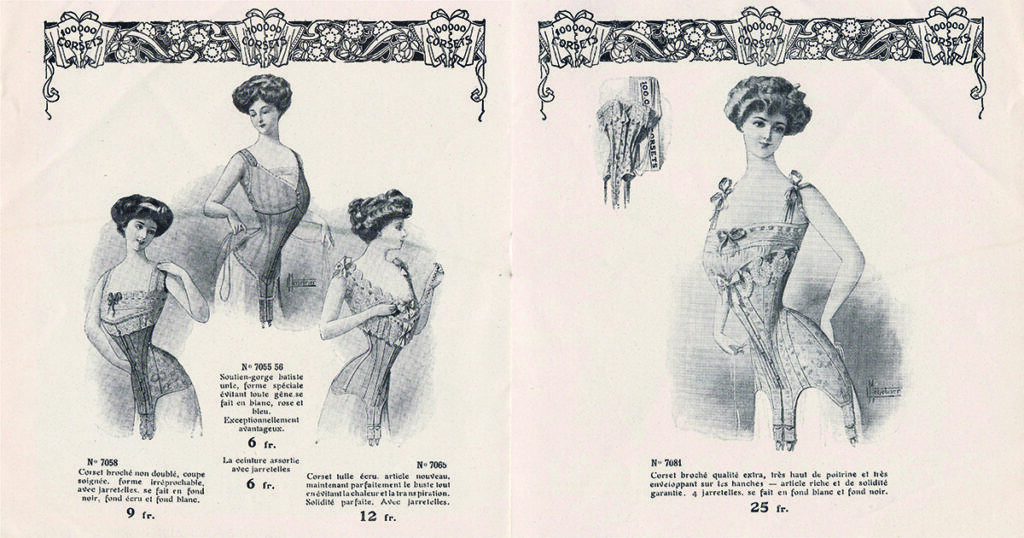
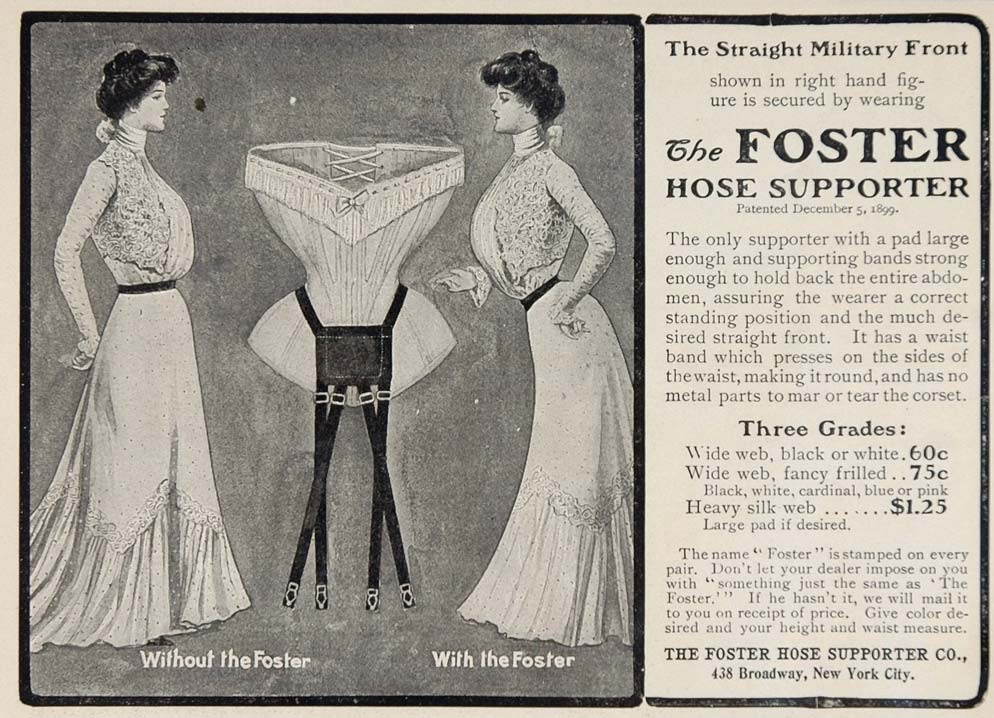
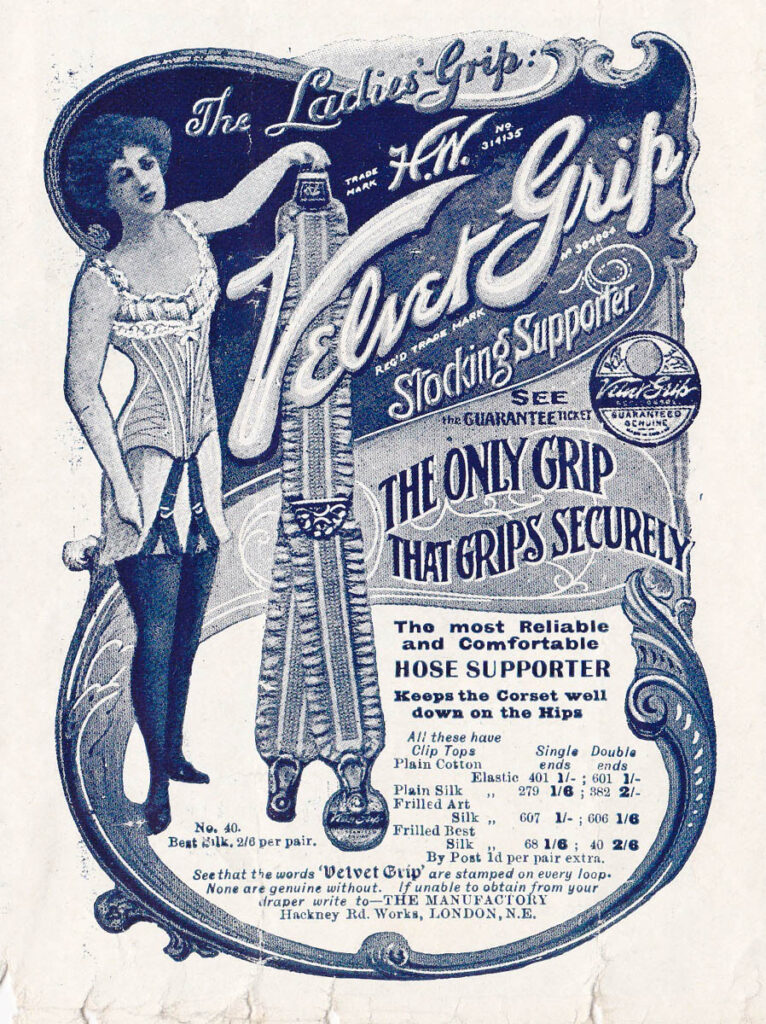
Men’s garters
And let us not forget that men were still wearing garters as much and women. Theirs were, of course, not attached to corsets, yet saw some advancement.
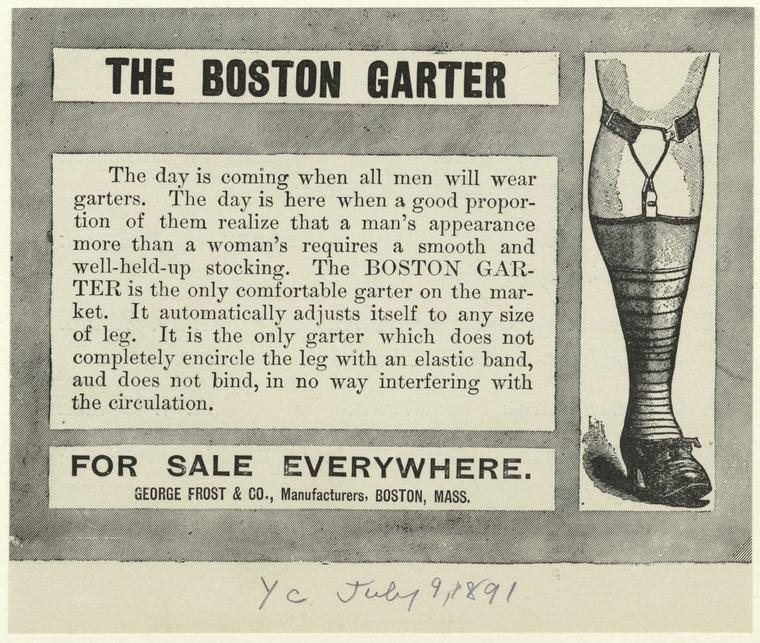
From overproduced to obsolete
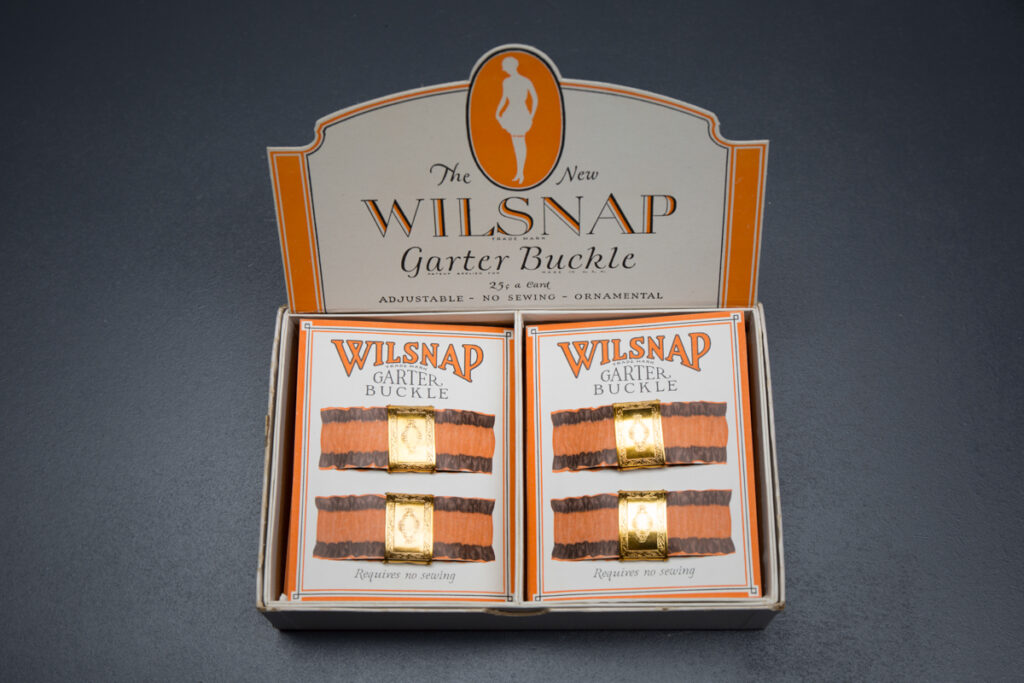
The 20th century brought with it mass production, plastics, and apparently, significant improvements to elastic. Experts stopped advising against it and a plethora of new options became available. Corsets became nearly unseen after the 1920s and this became the primary type utilized. You can see below how many options quickly became available.
Of course, nylons would bring the use of garters to a close, except for novelty and for some women who enjoy wearing garter belts, especially for business wear (at least from my experience).
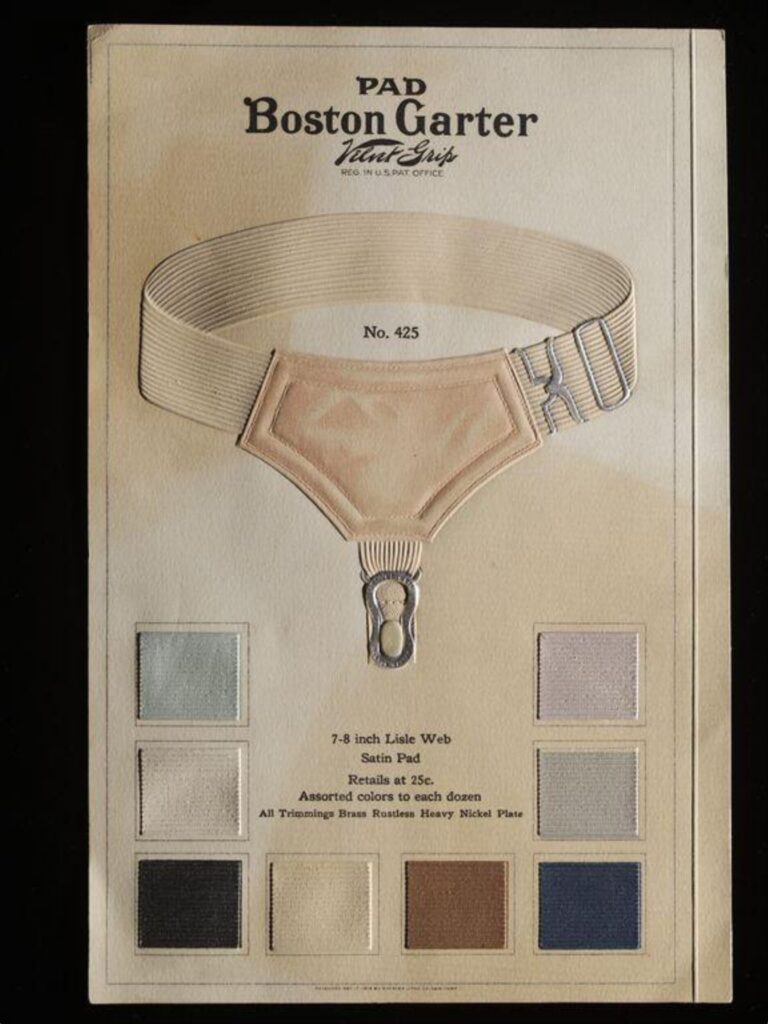
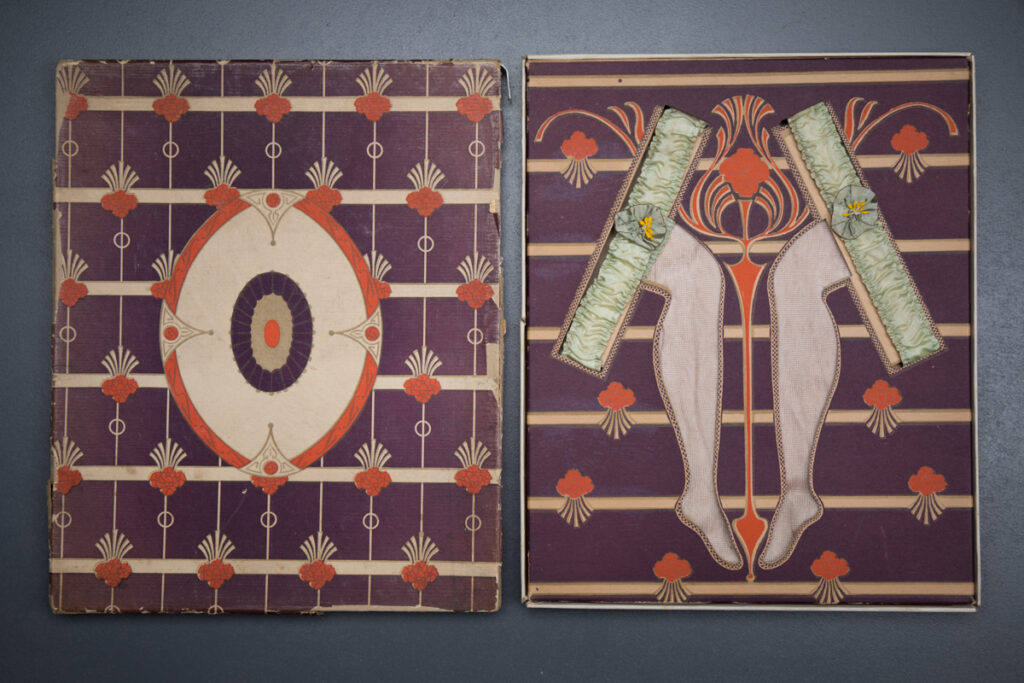
Underpinnings Museum
More about underpinnings from time:
Victorian and Edwardian combination garments
Pannier, robe à la française, and robe à la anglais: what’s what


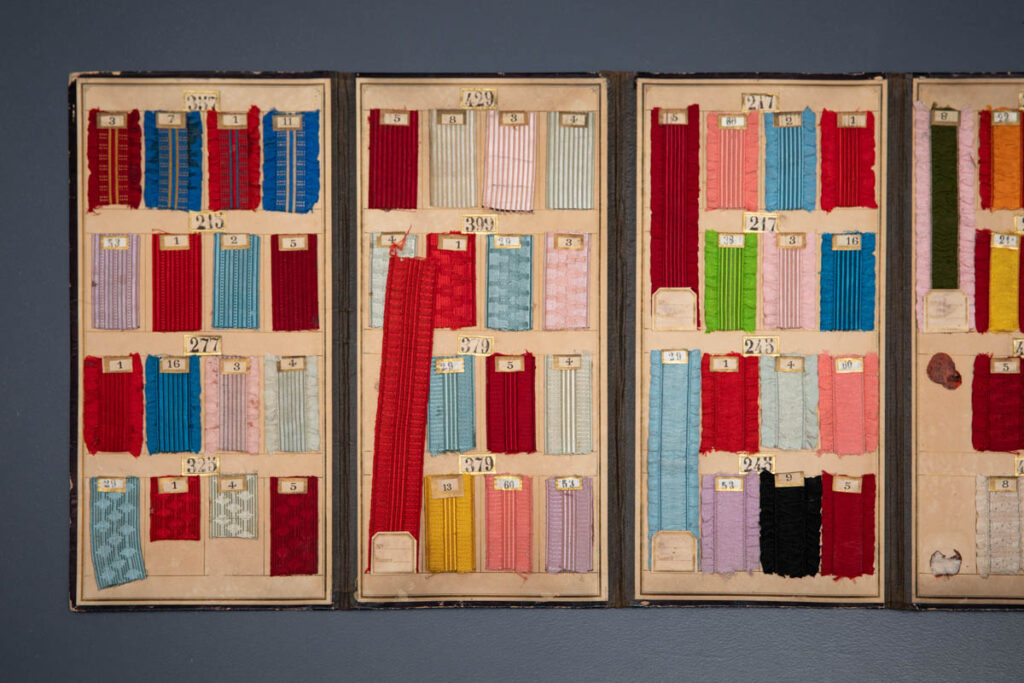










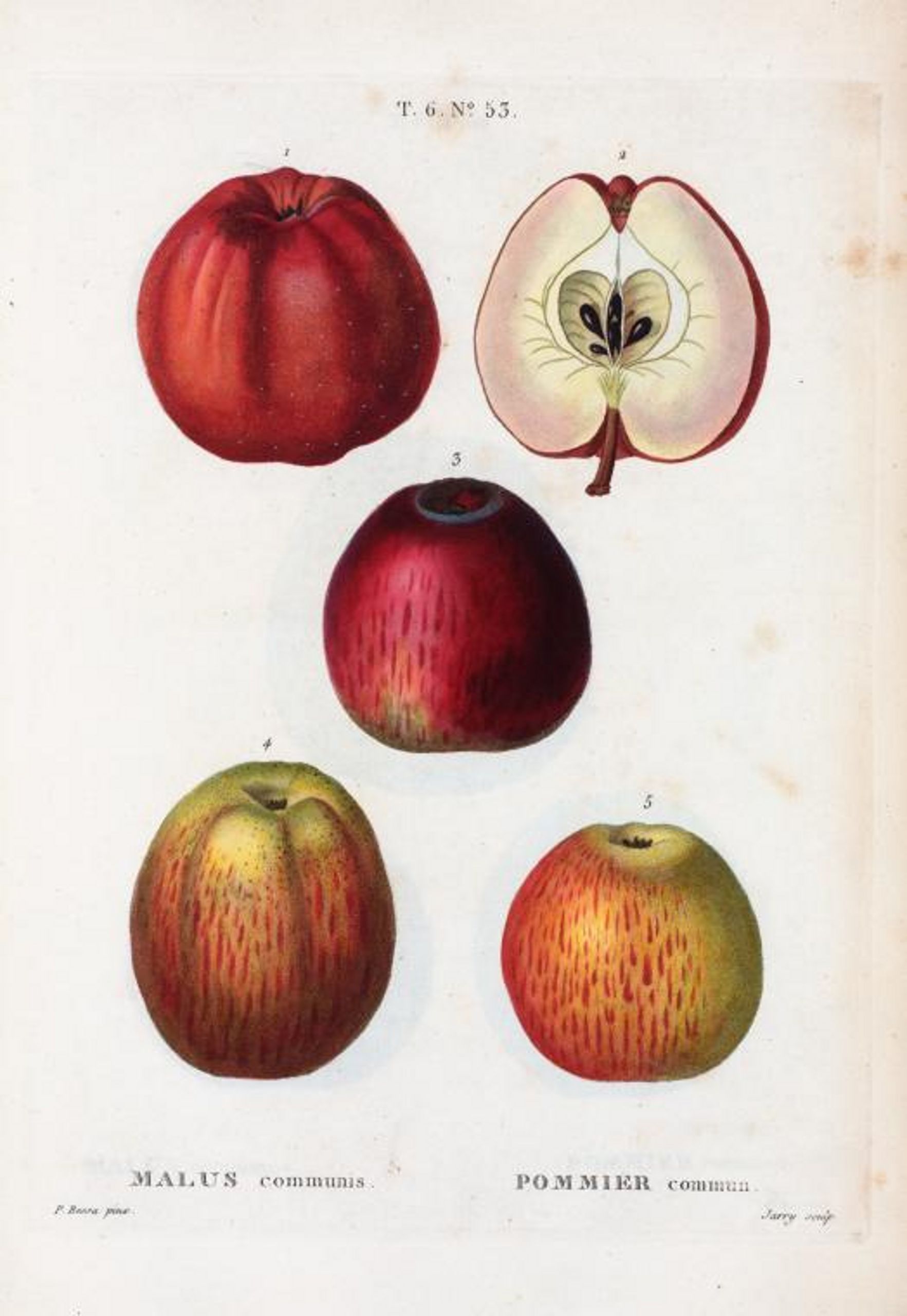
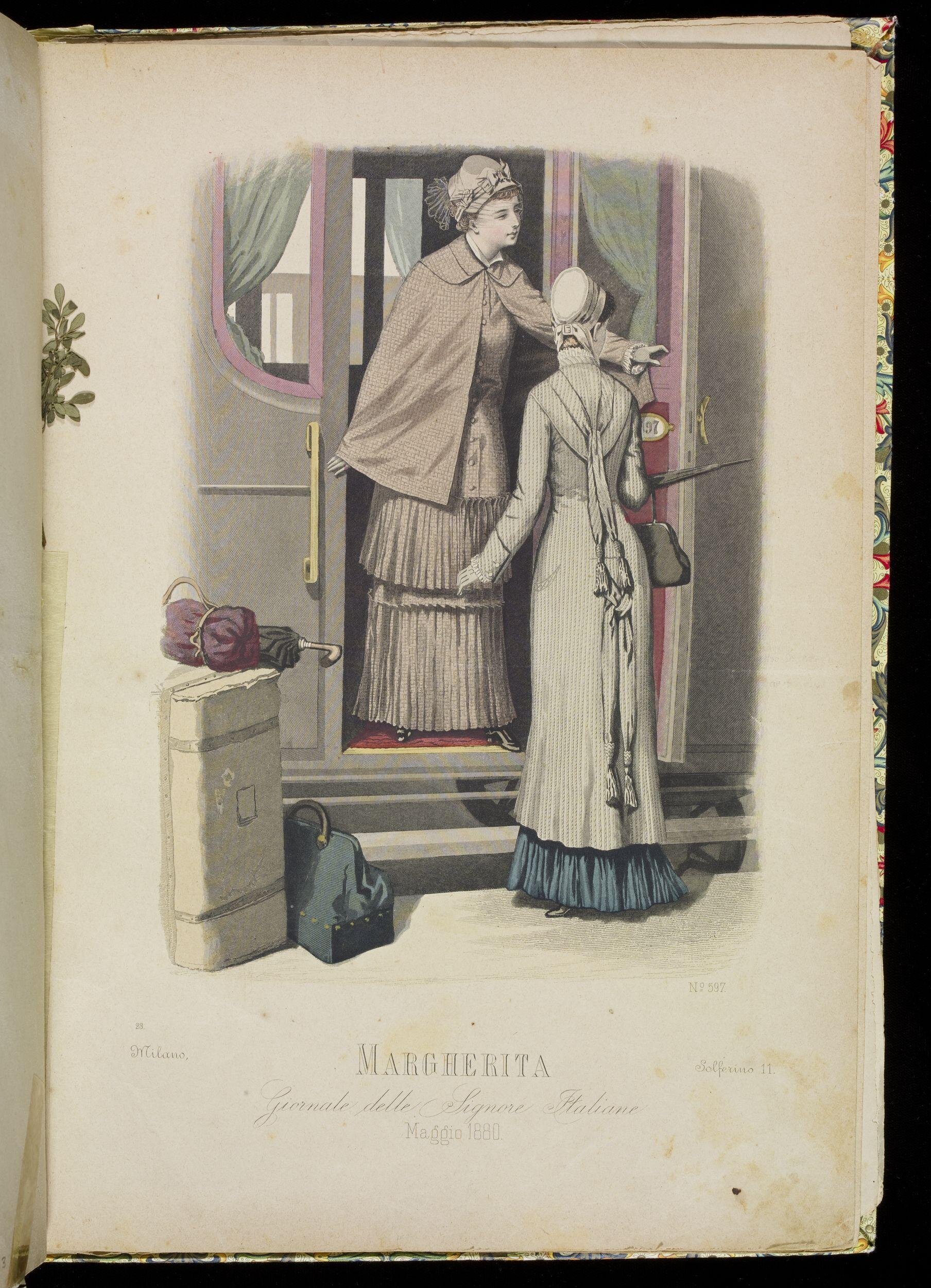
Leave A Comment